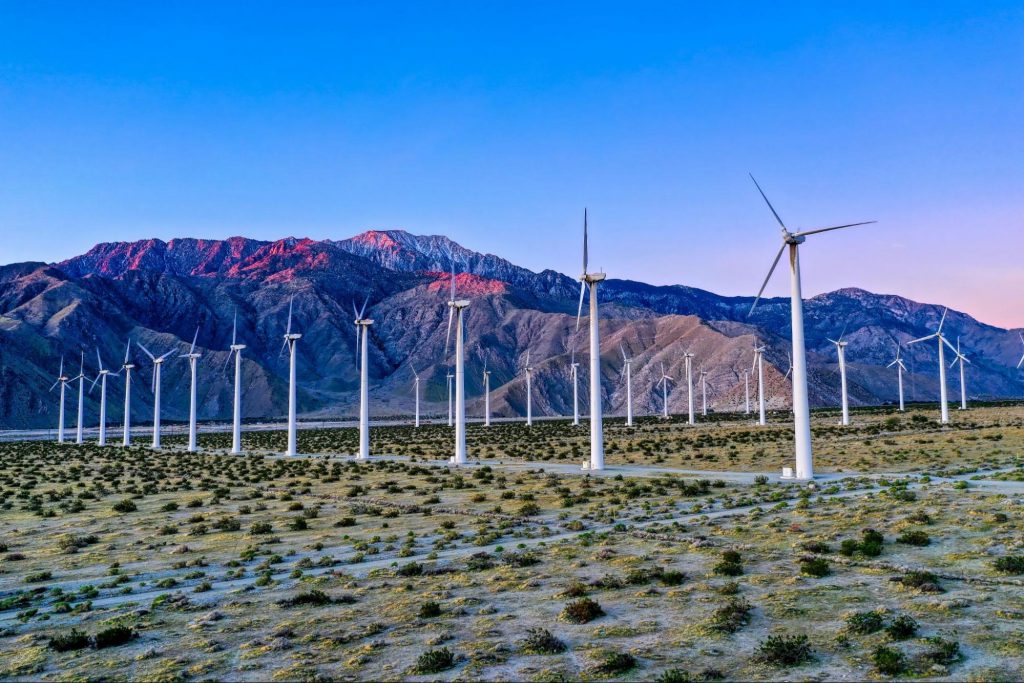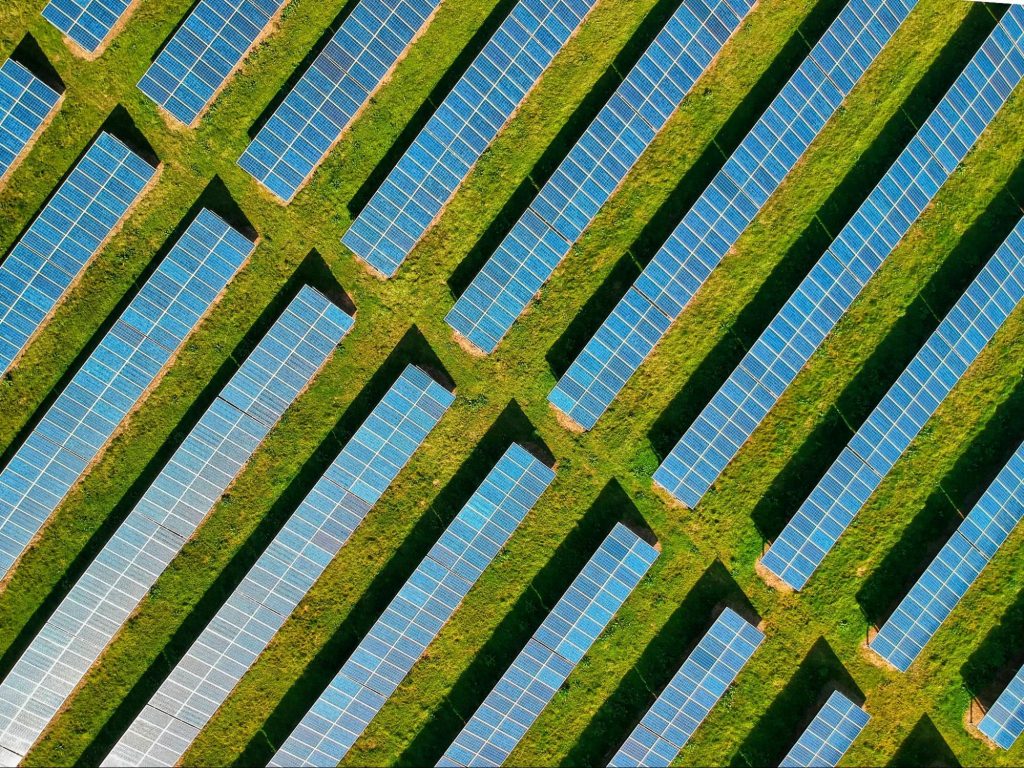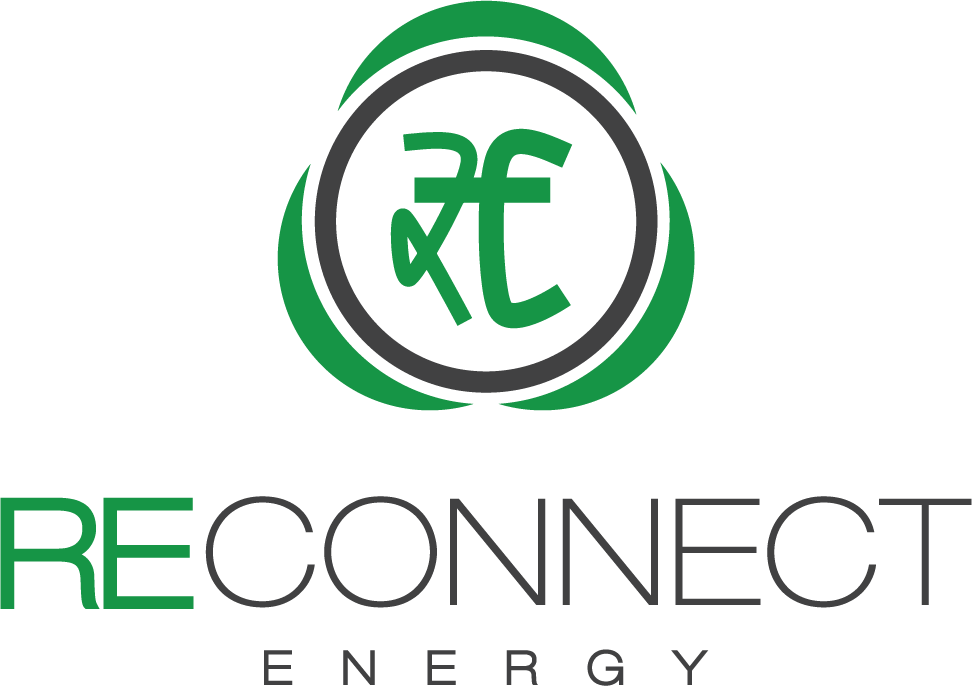India Scraps Central Renewable Energy Pricing Pools: A Push for Market-Linked Power Deals
Overview of Policy Change
On 1 August 2025 the Ministry of Power officially discontinued the Uniform Renewable Energy Tariff (URET) mechanism. This decision ended both the Solar Power Central Pool and the Solar Wind Hybrid Central Pool. The formal notification is hosted in the “Important Orders Guidelines Notifications Reports” section of the Ministry of Power’s website.
URET Background
The URET mechanism, introduced by an office memorandum on 14 February 2024, was designed as a temporary stabiliser during a period of rapidly falling bid based tariffs. It was intended to operate for three years, from 15 February 2024 through 14 February 2027. The mechanism aimed to pool power from multiple renewable projects, average their tariffs, and offer a uniform rate to buyers. Its purpose was to provide price certainty while enabling predictable demand for developers in an uncertain market.
Market Response and Challenges
In practice URET produced unintended consequences. Buyers were reluctant to commit to pooled tariffs that might become unfavourable over a multi year period. Renewable Energy Implementing Agencies such as SECI, NTPC, NHPC and SJVN flagged a growing backlog of projects unable to secure Power Sale Agreements or Power Purchase Agreements due to tariff uncertainty. Reports from various credible outlets highlighted that significant renewable energy capacity, already developed and ready to contribute to the grid, was left stranded and awaiting the signing of power purchase agreements. This delayed the benefits of affordable and sustainable electricity for communities.

Official Withdrawal and Continuity Safeguards
To address these delays the Ministry of Power withdrew the URET office memorandum and dissolved the Solar Power and Solar Wind Hybrid central pools. Crucially the policy ensures that all bids submitted and Letters of Award issued under URET remain valid. Renewable Energy Industry Association (REIAs) have been authorised to directly sign PPAs or PSAs with developers and procurers outside the previous centralised framework.
Policy Shift: From Stability to Agility
This move reflects an important policy shift. Initially, URET provided transitional support in early market stages. Now the government is signalling that the renewable energy market has matured sufficiently for direct bilateral contracting. This reflects growing confidence in stakeholders’ negotiation capabilities and highlights the government’s willingness to reduce central interventions.
Strategic Implications for Developers and Procurers
Developers now face a bespoke procurement landscape. They must negotiate tariffs based on real time market conditions, buyer credit quality, regional regulatory frameworks and project risk profiles. While this customisation may speed up deals for well positioned developers it increases exposure to counterparty risk and negotiation delays, especially in regions with utilities with weaker credit ratings.
Similarly procurers, including state distribution companies, corporate buyers and open access consumers have gained the flexibility to design contracts around their specific demand profiles and grid requirements. At the same time they will need to engage with a more competitive developer market where tariffs may fluctuate more frequently.

Broader Market Trajectory
India is steering toward a more market linked renewable energy ecosystem. In such a system central interventions like URET give way to contractual innovation, credit enhancement tools and decentralised risk management strategies. This aligns with India’s trajectory toward transparent competitive procurement without price distortions.
Way Forward
URET served its role as a stabilising tool in a volatile phase of market development. Its removal indicates strengthened market maturity and operator confidence. The result should be faster commissioning of projects, a more responsive pricing environment and a diversified contracting landscape especially on structured PPA deals among REIAs, DISCOMs and potentially C&I Consumers. This shift will demand stronger analytical frameworks from developers and procurers alike. It represents a pivotal moment in India’s transition toward a self-sustaining market led clean energy future.

